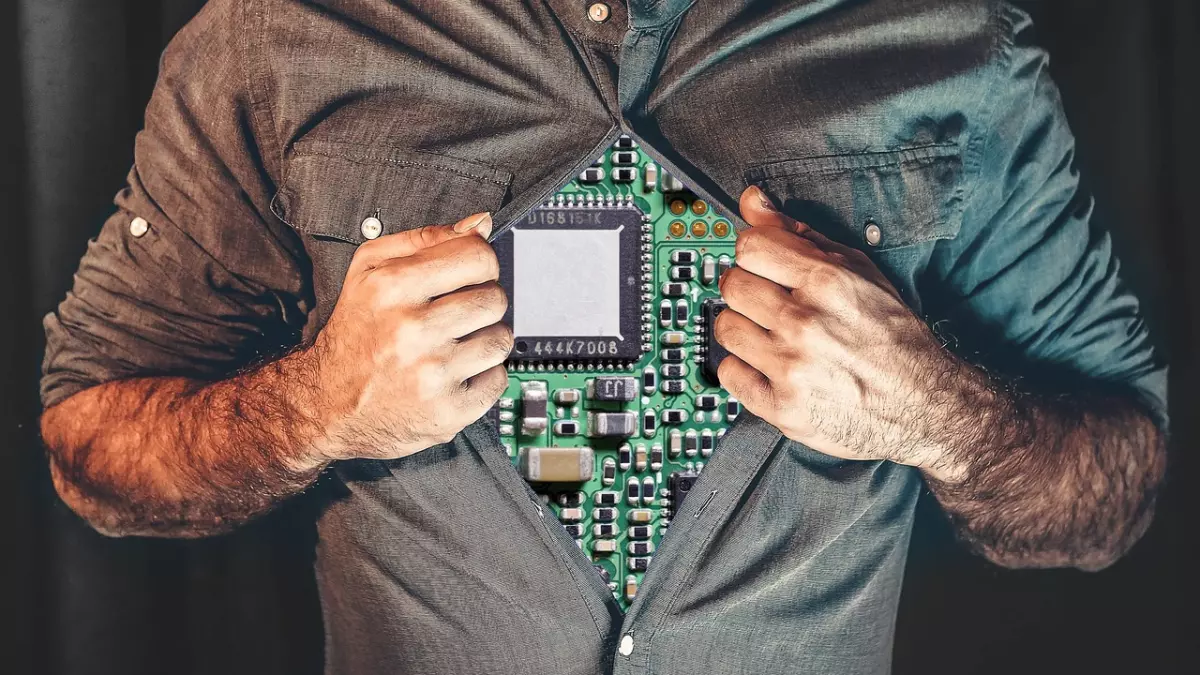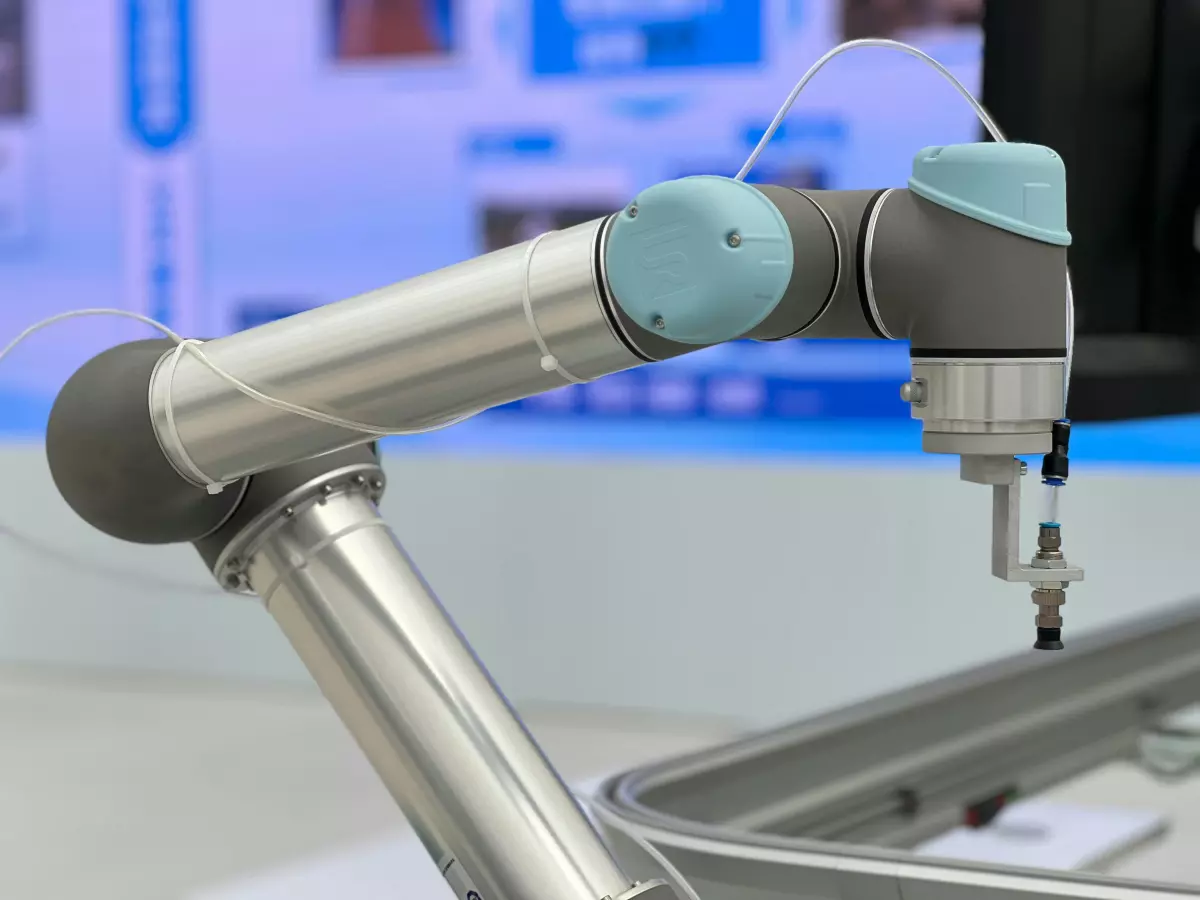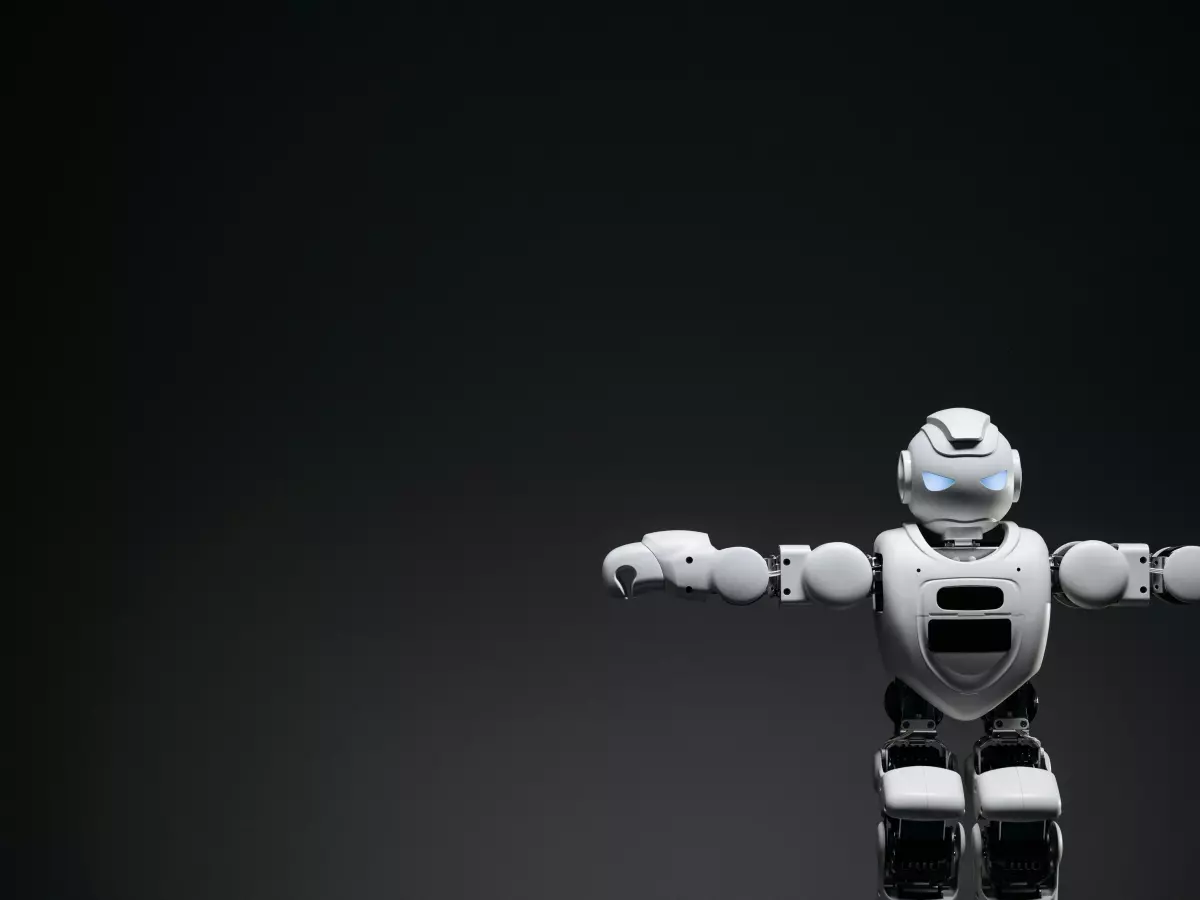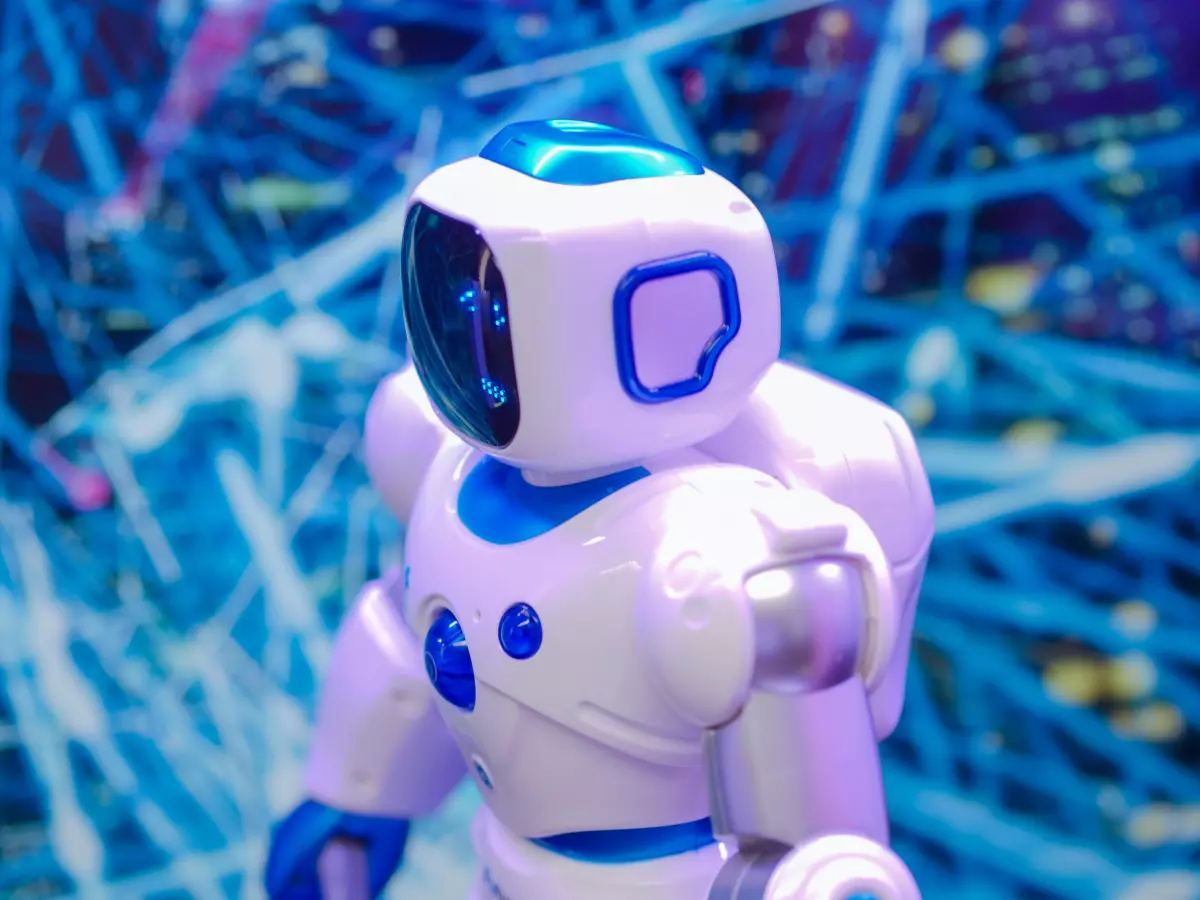Human-Like Motion
Ever watched a humanoid robot move and thought, "How do they make it look so... human?" Well, you're not alone. The secret sauce behind their fluid, human-like motion is a fascinating blend of design, sensor integration, and motion control algorithms. Let's dive into what makes these robots move like us, and why it's so hard to get it just right.

By Alex Rivera
Back in the early 2000s, humanoid robots were more like clunky, oversized action figures than the agile, smooth-moving machines we see today. Remember those early demos where robots would wobble, take a step, and then—boom—fall flat on their faces? Yeah, those were the days. But fast forward to today, and we’ve got robots that can not only walk but also run, jump, and even dance. So, what changed?
The leap forward in humanoid robot mobility comes down to three key areas: design, sensor integration, and motion control algorithms. These robots are no longer just about looking human; they’re about moving like us too. And that’s where things get really interesting. The challenge isn’t just about slapping on some motors and calling it a day. It’s about creating a system that can sense, process, and react in real-time—just like we do.
Design: More Than Just a Pretty Face
Let’s start with the design. Humanoid robots are built to resemble the human body, but it’s not just for aesthetics. The design plays a crucial role in how these robots move. The human body is an engineering marvel, with joints, muscles, and a skeletal structure that allows for a wide range of motion. Recreating that in a robot is no small feat.
Engineers have to think about everything from the number of joints to the placement of actuators (basically, the robot’s muscles). Too few joints, and the robot’s movements will look stiff and unnatural. Too many, and you’ve got a control nightmare on your hands. It’s a delicate balance between form and function.
But it’s not just about mimicking the human form. The materials used in the robot’s construction also play a big role. Lightweight materials like carbon fiber or aluminum are often used to keep the robot agile, while still being strong enough to support its own weight. And let’s not forget about the feet. Designing a foot that can balance on uneven surfaces or handle the impact of running is a whole challenge in itself.
Sensors: The Robot's Eyes and Ears
Now, onto the sensors. If the design is the body, then the sensors are the robot’s eyes, ears, and even its sense of touch. Without sensors, a humanoid robot would be like a blindfolded person trying to navigate a crowded room—not exactly graceful.
Humanoid robots are equipped with a variety of sensors to help them understand their environment and their own movements. Cameras and LIDAR sensors give them a sense of vision, allowing them to detect obstacles and plan their movements accordingly. Gyroscopes and accelerometers help with balance, ensuring the robot doesn’t topple over when it takes a step. And then there are force sensors, which allow the robot to gauge how much pressure it’s applying when, say, picking up an object or shaking someone’s hand.
But here’s the kicker: it’s not enough to just have sensors. The robot needs to be able to process all that sensory data in real-time. That’s where the algorithms come in.
Motion Control Algorithms: The Brain Behind the Moves
Alright, we’ve got the body (design) and the senses (sensors), but what about the brain? That’s where motion control algorithms come into play. These algorithms are the unsung heroes of humanoid robotics, responsible for making sense of all the sensory data and translating it into smooth, coordinated movements.
Think of it like this: when you walk, you don’t consciously think about every muscle movement. Your brain just does it. Similarly, a humanoid robot’s motion control algorithms handle the complex task of coordinating all the actuators (muscles) based on the input from the sensors.
One of the biggest challenges here is real-time processing. The robot needs to be able to react to changes in its environment—like an obstacle in its path—without missing a beat. This requires some serious computational power and highly optimized algorithms. And it’s not just about avoiding obstacles. These algorithms also need to account for things like balance, speed, and even energy efficiency. After all, you don’t want your robot running out of juice halfway through a task.
The Future of Humanoid Motion
So, what’s next for humanoid robots? Well, we’re already seeing robots that can perform complex tasks like parkour (yes, really). But there’s still a long way to go before they can move as naturally as a human. The next big frontier is likely to be in improving the integration between sensors and algorithms, allowing robots to adapt even more quickly to their environment.
As AI continues to evolve, we can expect humanoid robots to become even more autonomous and capable of learning new movements on the fly. Imagine a robot that can watch you perform a task and then replicate it perfectly. We’re not there yet, but we’re getting closer every day.
So, next time you see a humanoid robot busting a move, take a moment to appreciate the incredible engineering that goes into making it look so effortless. It’s not just gears and wires—it’s a complex dance of design, sensors, and algorithms working in perfect harmony.
What do you think? Will humanoid robots ever move exactly like humans, or is there something uniquely human that machines just can’t replicate?





